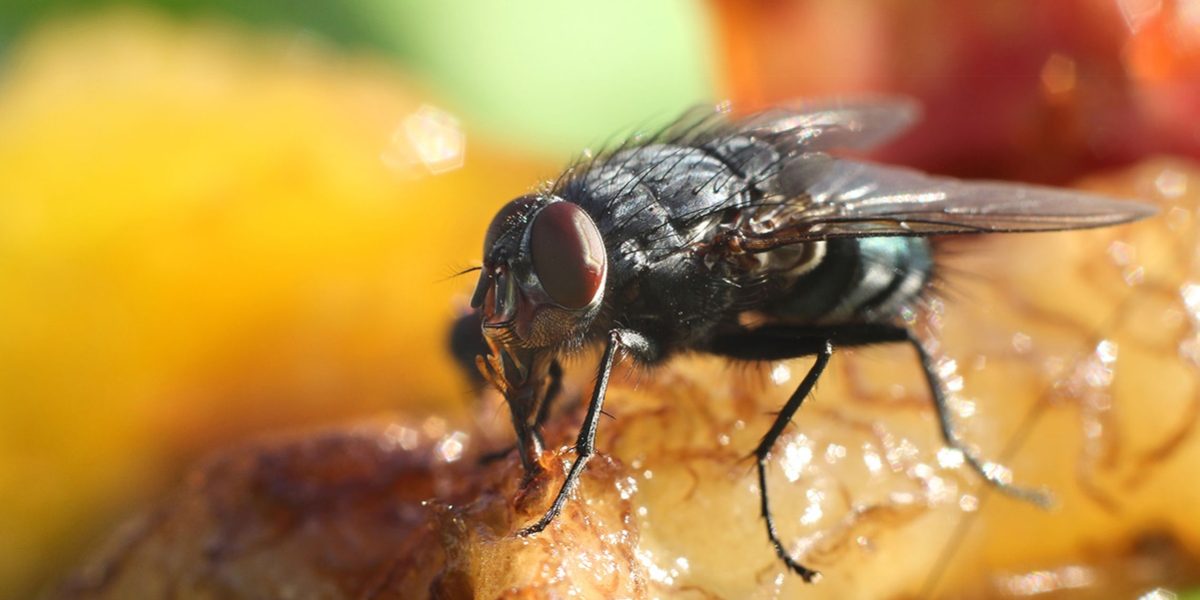The food industry plays a crucial role in providing safe and nutritious products to consumers worldwide. However, this industry faces numerous challenges, one of which is the constant threat of pests. Pests in the food industry can cause serious contamination, leading to health risks, financial losses, and damage to reputation. In this blog, we will explore some of the most common pests in the food industry and discuss preventive measures and control strategies.
- Rodents
Rodents, such as rats and mice, are notorious pests in the food industry. They can gnaw through packaging, contaminate food with their droppings and urine, and carry diseases like Salmonella and E. coli. To prevent rodent infestations, food establishments should maintain proper sanitation, seal any entry points, and use traps or baits under professional guidance.
- Insects
Insects like flies, cockroaches, and ants are attracted to food sources and can transmit various pathogens. Flies, for instance, can carry harmful bacteria from waste to food surfaces. Regular cleaning and sanitation, proper food storage, and the use of insect-proof screens on doors and windows can help prevent infestations.
- Stored Product Pests
Stored product pests, like weevils, beetles, and moths, thrive in stored grains, cereals, and other food products. They can cause contamination and financial losses. Proper storage practices, like using airtight containers, monitoring for signs of infestation, and using pheromone traps, can help control these pests.
- Birds
Birds, such as pigeons and sparrows, can roost in food processing facilities and warehouses, leading to the accumulation of droppings that can contaminate products. Installing bird deterrents like spikes or netting and maintaining cleanliness can deter these pests.
- Cockroaches
Cockroaches are notorious for their ability to adapt to various environments and their resistance to many pesticides. They can carry harmful bacteria like Salmonella and cause allergic reactions in sensitive individuals. Regular inspections, improved sanitation, and professional pest control services are key to managing cockroach infestations.
- Lepidoptera
Lepidoptera, including moths and butterflies, can infest food production facilities, especially where grains and cereals are processed. They lay eggs on stored products, and their larvae can contaminate the food. Preventing infestations involves maintaining clean storage areas and implementing monitoring and control measures.
- Weevils
Weevils are a type of beetle that commonly infests grains and cereals. They can be difficult to control due to their ability to penetrate packaging. Preventing weevil infestations includes using airtight containers, freezing or heating stored products, and inspecting products upon receipt.
Preventive Measures and Control Strategies
To combat common pests in the food industry, it is crucial to implement a comprehensive pest management program. Here are some preventive measures and control strategies:
- Good Sanitation: Maintaining clean and hygienic facilities is essential. Regular cleaning, removing food debris, and proper waste disposal can help deter pests.
- Pest Monitoring: Regular inspections and monitoring of potential problem areas can help detect pests early and prevent infestations.
- Proper Food Storage: Using airtight containers and following FIFO (First In, First Out) practices can prevent infestations of stored product pests.
- Entry Point Sealing: Seal any cracks, gaps, or openings that pests can use to gain access to the facility.
- Professional Pest Control: In some cases, it’s necessary to work with professional pest control services to manage infestations effectively.
- Employee Training: Educate staff about pest prevention and the importance of maintaining a clean environment.
Conclusion
Common pests in the food industry pose a significant risk to both the quality and safety of food products. Prevention and control of pests are essential to protect consumer health, maintain the industry’s reputation, and prevent financial losses. By implementing proper sanitation, storage practices, and monitoring, food establishments can reduce the risk of infestations and ensure that their products meet the highest safety and quality standards.






